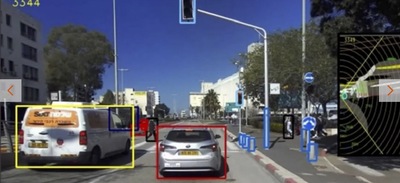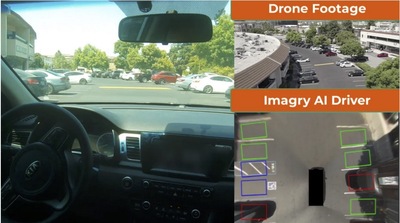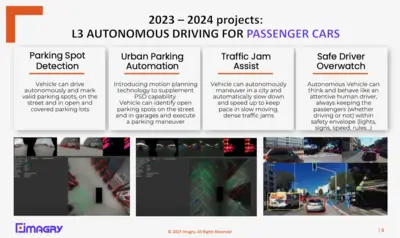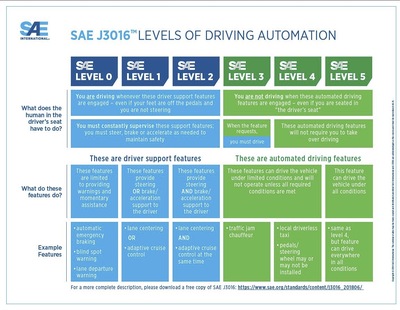It's Tesla, Always Tesla
By Thom Cannell
Senior Editor, Technology
Michigan Bureau
The Auto Channel
CES 2024 Las Vegas January 2024; Tesla — It’s always Tesla when media talks about hands-free self-driving vehicles. GM’s Cruise or Waymo might get a mention if the subject is autonomous vehicles, but…
Like Flying Cars, self-driving vehicles always seem a few years away, with the notable exception of Ford’s Blue Cruise, GM’s Super Cruise or Mercedes Drive Pilot. A major problem is cost; nobody wants to pay thousands of dollars, plus a monthly subscription fee just to play Jetpack Joyride while commuting on a limited selection of highways. We want every road, every day.
For a vehicle to drive safely on public roads it must “see” its surroundings. This usually requires massive technology: radar, infrared cameras and LIDAR (laser-based vision). Tesla alone relies on camera(s) for guidance while Mercedes, for instance, uses multiple radar and LIDAR systems. Photo Multiview
An Israeli-American company called Imagry does away with everything but cameras and software, and has no expensive maps to update. Their system relies on an Artificial Intelligence-based driving system the company says, relies on “bio-inspired technology (that) combines a real-time vision-based perception network and imitation-learning AI for a driving decision-making network.”
Wow! Basically, after years of data development— what AI developers call training—Imagry's camera-and-software combination visualizes the road as the vehicle travels, and reacts as we hope an experienced and attentive human driver would. Photo Evolution
This is perception and motion planning. Imagry says these camera-based neural networks (neural networks and machine learning pre-date AI by decades) interact with driver assistance features like adaptive cruise control, automatic braking, blind spot warning, lane keeping and automatic lane-change assistance and add features like accelerating around a slower vehicle. While most are available today, all require drivers to remain alert, have hands on the wheel and be prepared to take control in seconds.
Imagry says it uses many neural networks, each monitoring traffic lights, signage, pedestrians, lanes and lane marking, parked vehicles and vehicles in motion to build a 360-degree view of its surroundings. Then motion planning kicks in and is self-teaching, so their system can adjust to different countries and continents with little change.
Ditching expensive radar and LIDAR (which could be integrated if a vehicle manufacturer requires it) lowers cost, making L3, or true hands-off driving, a reality. Imagry has, for over three years, been driving cars autonomously on public roads in the US, Germany and Israel and in 2023 launched a fully autonomous bus project. Significantly, Imagry is hardware agnostic, which allows manufacturers to select the System On a Chip (TI, Qualcomm, Nvidia, etc.) that best suits it, rather than being locked into a specific chip vendor’s universe.
CEO Eran Ofir notes that self-parking and other simple tasks will be among the first autonomous functions available. “Based on regulations, computing power, AI learning and training including pedestrians. It (Autonomy) will get to Level 4, you cannot stop the learning of AI.”
(SAE, formerly Society of Automotive and Aerospace Engineers, says that Level 3 provides limited hands-free driving, Level 4 full eyes-off mobility and L5 having no passenger input—the vehicle delivering all vehicle control.)






